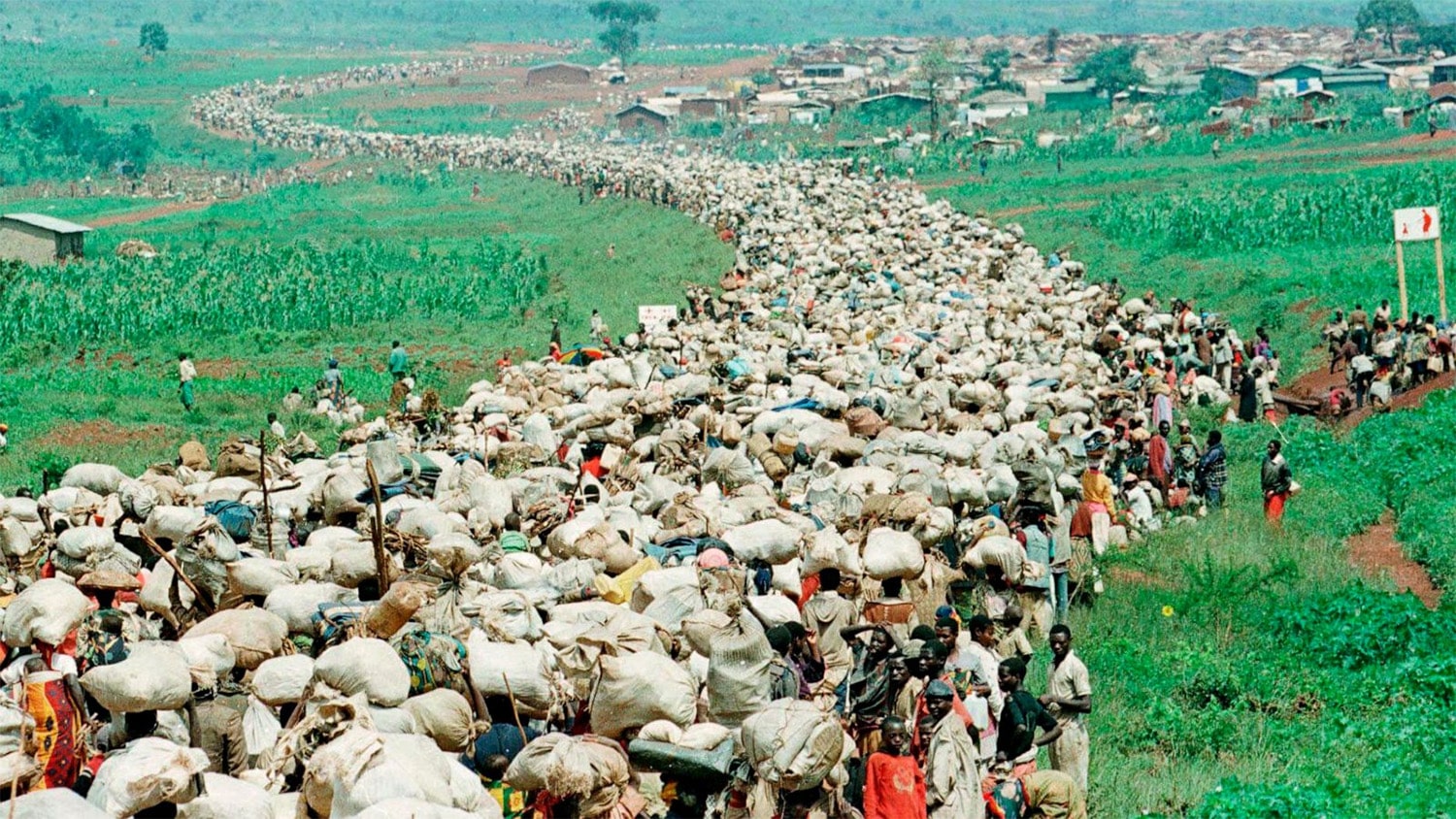
21 interesting facts about Rwandan Genocide
- 👁️ 253
The Rwandan Genocide, a dark and tragic chapter in human history, occurred over the course of approximately 100 days from April to July 1994. During this period, an estimated 800,000 Rwandans were brutally massacred, marking one of the swiftest and most horrifying genocides of the 20th century. The genocide was primarily directed against the Tutsi minority by members of the Hutu majority government and its supporters. Despite the international community’s awareness of the unfolding atrocities, the response was overwhelmingly inadequate, leading to devastating consequences. This article aims to shed light on some of the lesser-known, yet profoundly significant facts about the Rwandan Genocide, to ensure that the memories of those lost are honored and the lessons from this tragedy continue to inform our collective conscience.
- The Rwandan Genocide was sparked by the death of President Juvénal Habyarimana, a Hutu, whose plane was shot down above Kigali airport on April 6, 1994.
- Extremist Hutu leaders used radio stations to incite violence and coordinate attacks against Tutsis.
- Not all Hutus supported the genocide; many resisted the violence and protected their Tutsi neighbors at great personal risk.
- The genocide was meticulously planned; lists of Tutsi targets were compiled in advance.
- Roadblocks were set up around the country to identify and kill Tutsis trying to escape.
- Many victims were killed in their own churches and schools, where they sought refuge, thinking these places would be safe.
- The genocide left about 250,000 women widowed and produced a large number of orphans.
- It is estimated that up to 500,000 women were subjected to sexual violence during the genocide.
- The International Criminal Tribunal for Rwanda (ICTR) was established by the United Nations to prosecute those responsible for the genocide.
- The Gacaca court system, a traditional community-based justice mechanism, was revived to handle the vast number of genocide cases.
- Paul Rusesabagina, made famous by the film “Hotel Rwanda,” sheltered over 1,200 Tutsis and moderate Hutus in the hotel he managed.
- The genocide drastically altered Rwanda’s demographic landscape, with the Tutsi population severely diminished.
- Efforts to recover the bodies of victims continue, with mass graves still being discovered years after the genocide.
- The term “genocide” was rarely used by international leaders at the time, contributing to the delayed response.
- The genocide ended when the Rwandan Patriotic Front (RPF), a Tutsi-led rebel group, captured Kigali and declared a ceasefire.
- Rwanda has made significant progress in reconciliation and economic recovery since the genocide.
- Annual commemoration ceremonies are held in Rwanda on April 7, the National Day of Remembrance of the Genocide against the Tutsi.
- The Kigali Genocide Memorial serves as the final resting place for more than 250,000 victims.
- Rwanda’s government has banned the use of ethnic classifications in an effort to promote national unity.
- Coffee and tourism have become significant contributors to Rwanda’s post-genocide economy.
- The genocide has been the subject of numerous films, documentaries, and books aiming to educate the public and prevent future atrocities.
The Rwandan Genocide remains a stark reminder of the depths of human cruelty and the consequences of international indifference. It teaches us the importance of vigilance, the necessity of intervention in the face of mass atrocities, and the power of forgiveness and reconciliation in rebuilding a nation. As we reflect on these facts, let us remember the victims and survivors of the Rwandan Genocide and commit ourselves to ensure that such a tragedy is never repeated.
The Rwandan Genocide, a dark and tragic chapter in human history, occurred over the course of approximately 100 days from April to July 1994. During this period, an estimated 800,000 Rwandans were brutally massacred, marking one of the swiftest and most horrifying genocides of the 20th century. The genocide was…